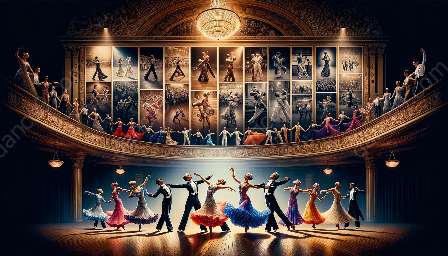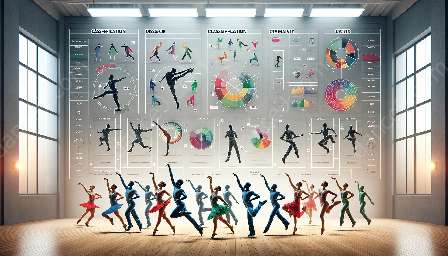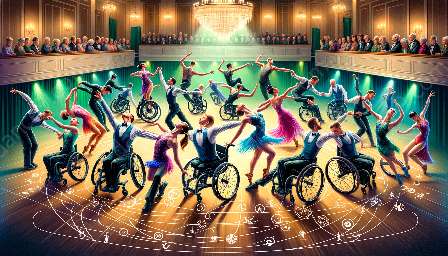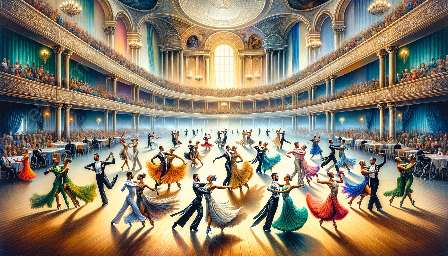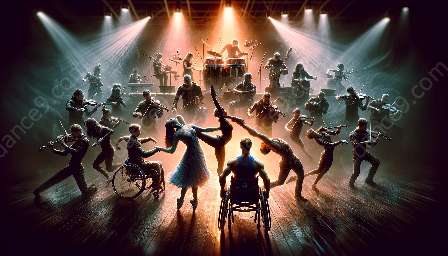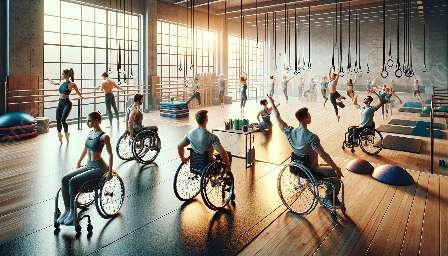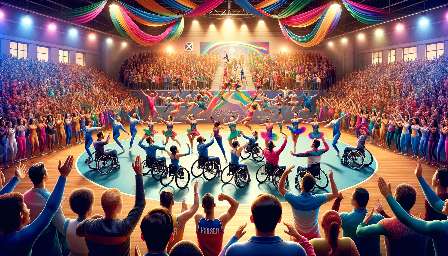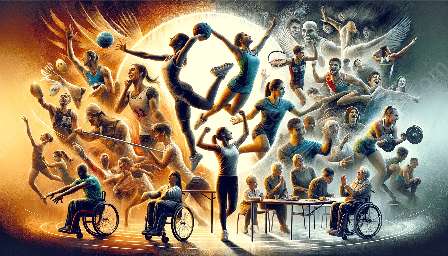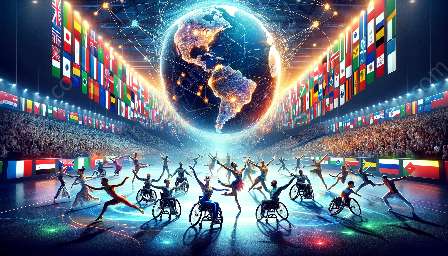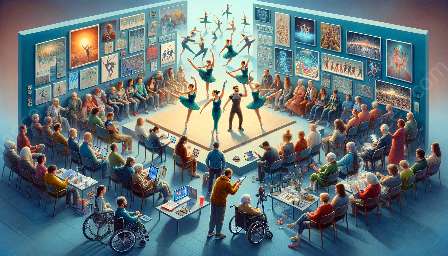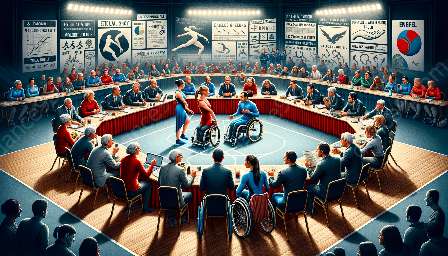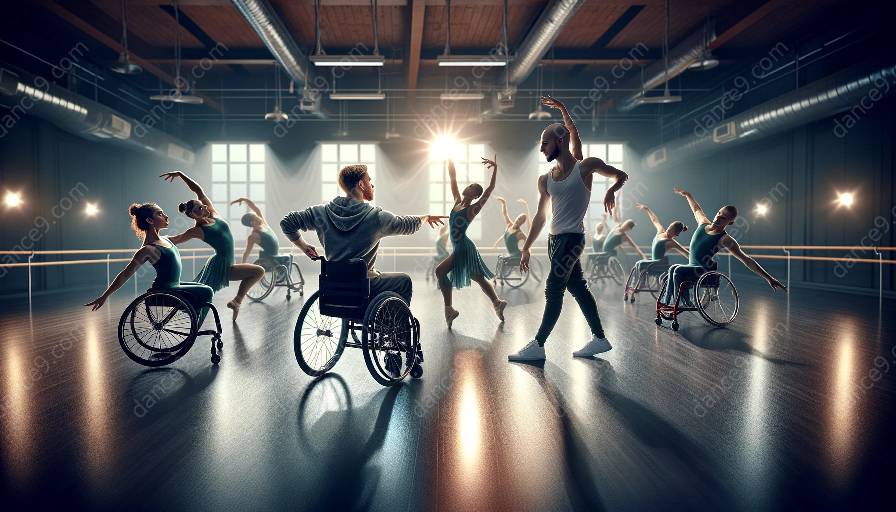Para dance sport, as a form of competitive dance for athletes with physical disabilities, requires careful consideration of ethical aspects when choreographing routines for the world para dance sport championships. In this article, we will delve into the ethical considerations involved in creating dance routines for para dancers and explore the importance of inclusivity, respect, and creativity in choreography.
The Importance of Inclusivity
One of the primary ethical considerations in choreographing para dance routines is ensuring inclusivity for all participants, regardless of their physical disabilities. Choreographers must design routines that allow athletes to showcase their skills and abilities while considering their specific needs and capabilities. Inclusivity in para dance sport choreography involves creating movements and sequences that accommodate a range of physical impairments, promoting equal opportunities for all athletes to participate and excel.
Respect for Individual Athletes
Respect is another crucial ethical consideration in choreographing para dance routines. Each athlete has unique strengths, challenges, and preferences, and choreographers must demonstrate respect for individual differences throughout the creative process. This requires open communication, active listening, and a willingness to adapt choreography to meet the needs and comfort levels of each athlete. Respecting the autonomy and agency of para dancers in the choreographing process promotes a collaborative and empowering environment.
Creative Expression and Representation
Choreographing para dance routines also involves ethical considerations related to creative expression and representation. The routines should allow athletes to express themselves artistically and authentically, reflecting their personal styles and identities. Choreographers must seek to avoid stereotypes or stigmatizing portrayals of disability, instead focusing on showcasing the diverse talents and capabilities of para dancers. Creative freedom should be balanced with sensitivity and awareness of the cultural and social significance of the movements and themes portrayed in the routines.
Adherence to Competition Guidelines
Within the context of the world para dance sport championships, ethical choreography extends to ensuring adherence to competition guidelines and standards. Choreographers must familiarize themselves with the specific rules and regulations governing para dance sport competitions, incorporating these guidelines into their choreographic decisions. This includes considerations such as the technical requirements, music selection, and thematic appropriateness, aligning the routines with the integrity and spirit of the sport.
Collaborative and Consultative Approach
Finally, an ethical approach to choreographing para dance routines involves a collaborative and consultative process that prioritizes the input and feedback of para dancers themselves. Inclusivity and respect are nurtured through ongoing dialogue and collaboration, where athletes are actively involved in shaping the choreographic vision and feel empowered in their performance. Choreographers should seek to create an environment where para dancers feel valued, heard, and supported throughout the creative journey.
Conclusion
The choreography of para dance routines for the world para dance sport championships demands a deep commitment to ethical considerations, encompassing inclusivity, respect, creativity, adherence to competition guidelines, and collaborative engagement with para dancers. By embracing these ethical principles, choreographers can play a vital role in promoting the diversity, talent, and sportsmanship of para dancers on the global stage.

